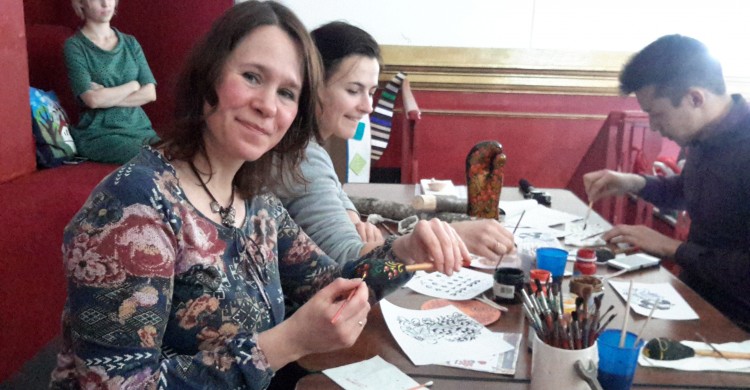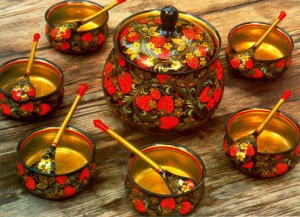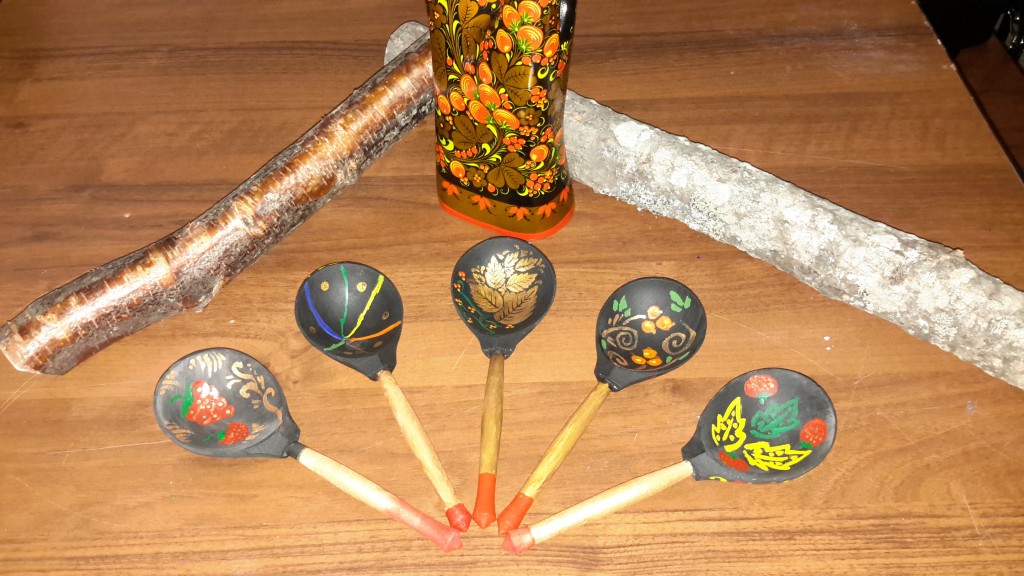
 Khokhloma is an ancient Russian folk craft of painting on the dishes. It was originated in a same named village situated deep in the woods along the Volga river. At those times all the dishes were made of wood, but it turned improper very quickly. That’s why people sought the way to prolong its durability. From the iconography they learnt to cover it with boiled linseed oil in order to prevent it from damping.
Khokhloma is an ancient Russian folk craft of painting on the dishes. It was originated in a same named village situated deep in the woods along the Volga river. At those times all the dishes were made of wood, but it turned improper very quickly. That’s why people sought the way to prolong its durability. From the iconography they learnt to cover it with boiled linseed oil in order to prevent it from damping.
Later the technique changed. The well-known plant ornament on the golden background became popular all over Russia and beyond its boundaries.
It was first covered with ornaments on the silver-tin background. The background was made of silver-tin powder. It gained the golden tint under the linseed oil after the furnace in the oven. The floral pattern was made with black, green and red colours.
 You can also look a little bit closer at this type of folk art while taking the course of Russian in our school. We can organize special master-class in the Museum of Mitten where students learn to paint such ornaments on wooden spoons. Here are some of our students’ creations.
You can also look a little bit closer at this type of folk art while taking the course of Russian in our school. We can organize special master-class in the Museum of Mitten where students learn to paint such ornaments on wooden spoons. Here are some of our students’ creations.